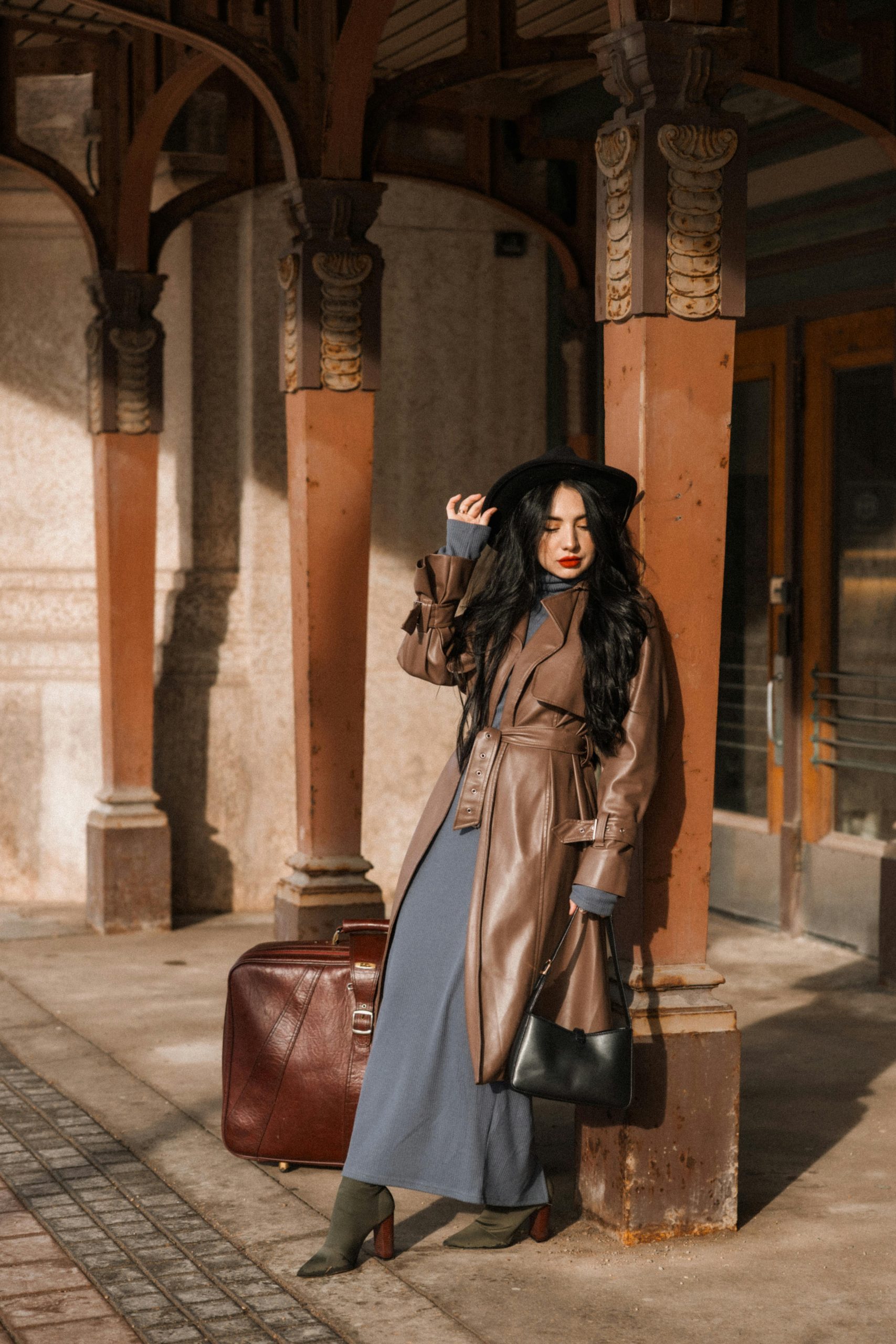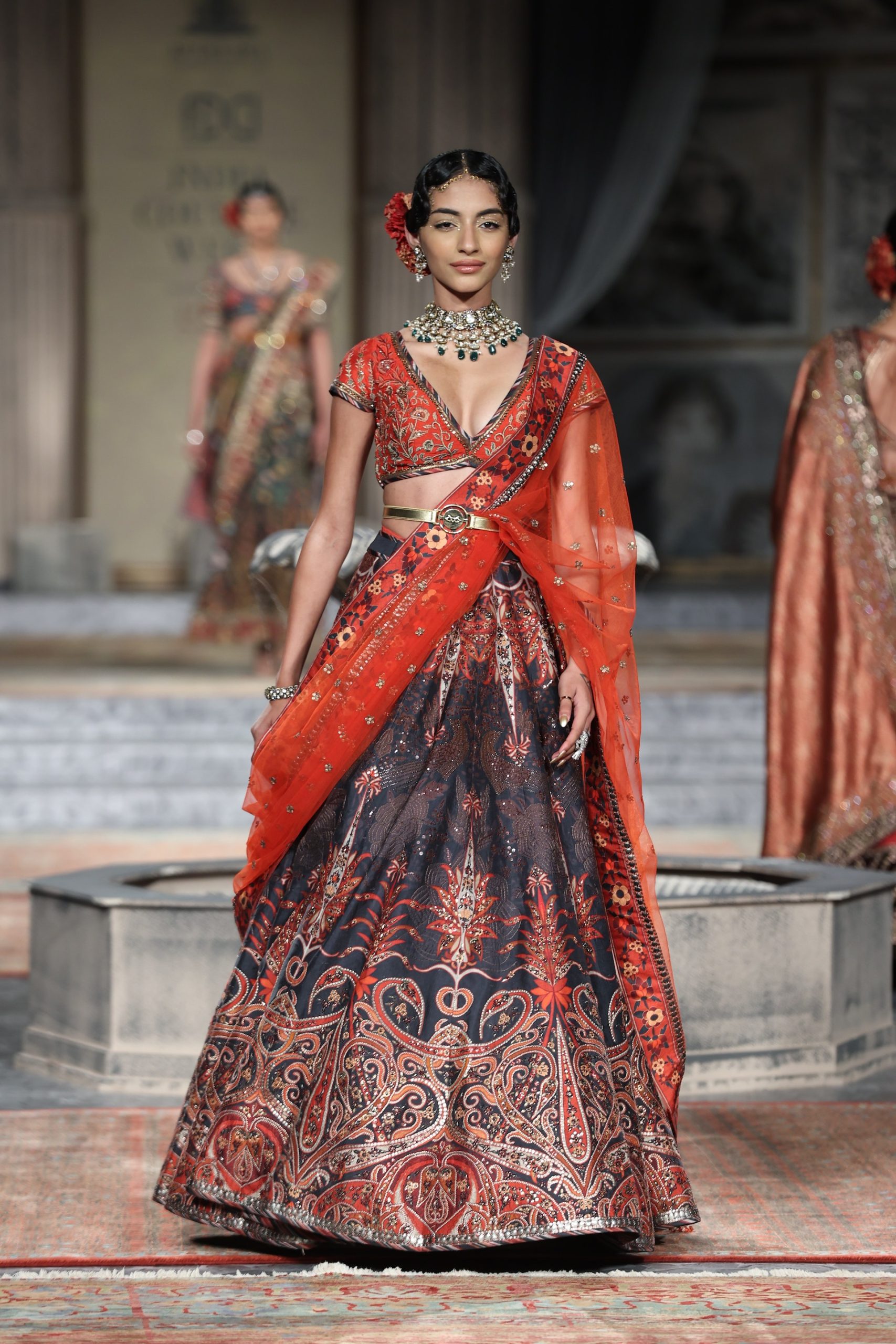
3 Reasons for the Success of Luxury Brands in India
This publication is also available in: Français
Deutsch
Italiano
Español
English (US)
After an attraction to China in recent years, the luxury industry is now setting its sights on India, which is emerging as the new market to target for high-end ready-to-wear and beauty sectors. With the highest percentage of billionaires, continuous population growth and purchasing power, the highest percentage of millennials on social media, and a
What presence do luxury brands have in India?
In recent years, luxury houses have gradually turned towards the spice country, which stands out as the new target to captivate for promising growth. From collections dedicated to India, fashion shows in historical locations, and the opening of new flagships in the country, luxury brands are transitioning on various fronts.
India’s historical connection with haute couture
Some luxury brand presences in India are not new. For instance, if we take the case of Hermès, the house has maintained close ties with the country since 1914, when it began to design equestrian pieces for Indian princes.
This was followed by collections inspired by India and its colors. With the creation of scarves in 1998 inspired by 18th-century Indian embroidery, and an iconic campaign released in 2008 during the “Year of India”, a year dedicated to the country by the house, which resulted in pieces blending the house’s iconic orange with the typical pink of India.
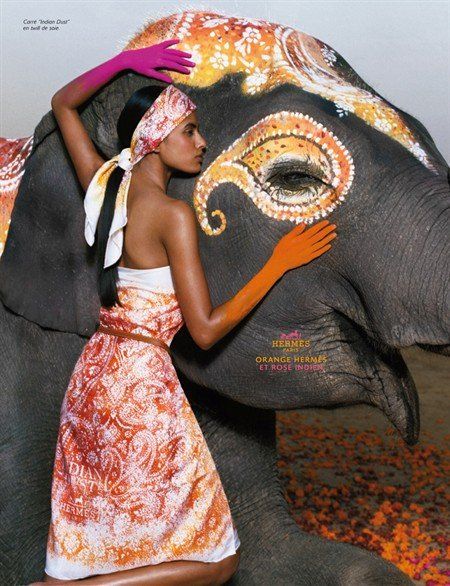
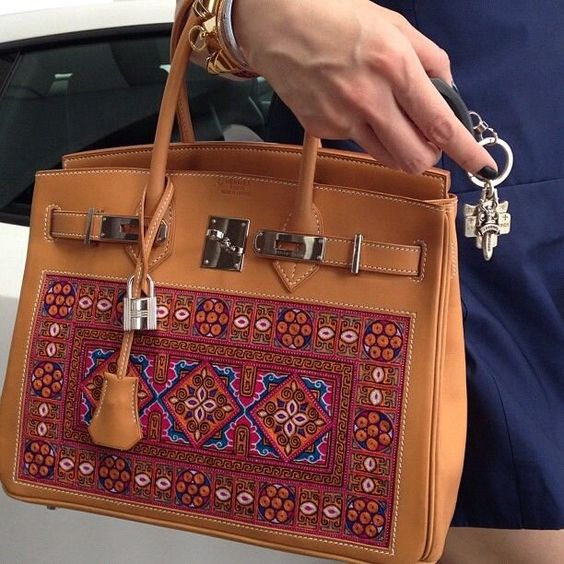
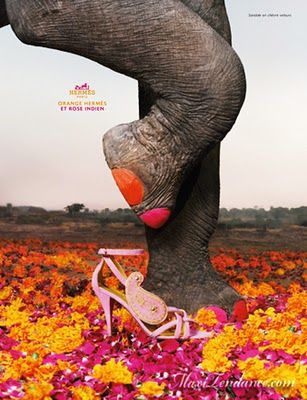
Recently, the house of Dior, which also shares ties with the country, confirmed the growing attraction to India observed lately. Dior created a buzz at the beginning of 2023 by choosing the Gateway of India in Mumbai as the backdrop for its Fall-Winter 2023 show designed by Maria Grazia Chiuri. The house made a masterstroke by showcasing Indian craftsmanship while directly addressing a target audience that already has a pronounced attraction to the house’s values and heritage.
How are luxury brands establishing themselves in India?
As luxury brands in India become increasingly present, this can be explained by some promising figures. Hosting 35% of the world’s billionaires, the country shows significant development, with a population of 1.4 billion people set to become the largest in the world. Additionally, the country’s growth remains constant despite current inflation, and purchasing power is also increasing, especially among the wealthier segments.
In 2022, the luxury market in India approached $7.5 billion.
Reflecting this favorable landscape for the development of luxury brands in India, groups like Reliance Brands Limited (RBL) and Aditya Birla Fashion and Retail Limited (ABFRL), are fostering the expansion of luxury brands in India by helping them distribute or open their flagship stores. This is how houses like Burberry, whose archives we recently explored, now have retail points to get closer to their target audience.
ABFRL plans to open 2 new flagships in 2024 and 2025 in connection with Galeries Lafayette, in two strategic addresses in Mumbai, in addition to launching an online platform. Valentino is working on opening a second Indian address and seemingly inspires Balanciaga, which is also about to open a shop.
Sabyasachi, on the other hand, has just opened a splendid new space in a building originally constructed for the British Bank of the Middle East.
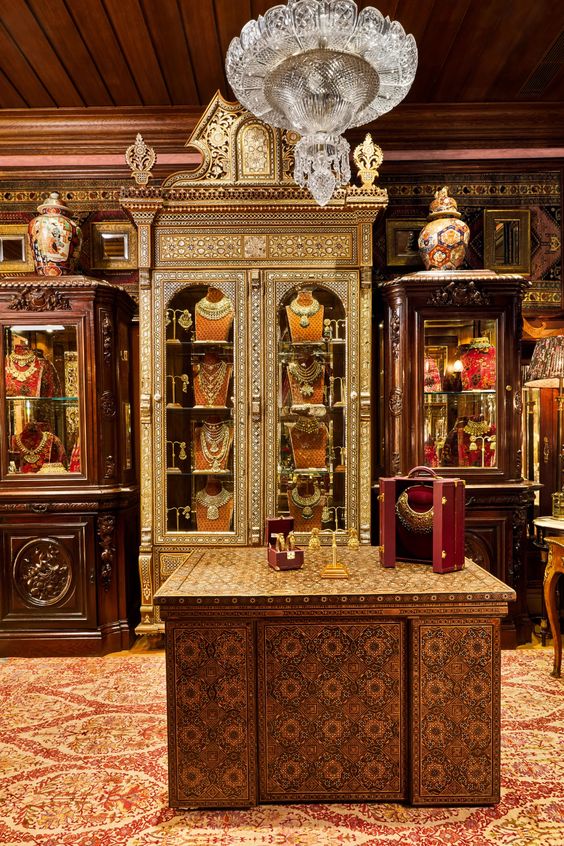
How does the influence of Indian culture contribute to the growth of luxury brands in India?
The film industry also contributes to the visibility of textile work related to Indian culture. Creations from houses like Dior have notably been included in Bollywood movies.
In health and beauty, the principles of Ayurveda and a more holistic approach to life have recently gained popularity in the West. The Beauty & You India program, created by Estée Lauder in collaboration with Nykaa, specifically highlights new Indian beauty brands.
This presence of luxury brands in India will also be closely studied through a new program at the Paris School of Luxury starting next semester.
Why is the evolution of luxury brand clientele in India interesting?
In parallel with the increasing Indian population and its great fortunes, we now observe a larger share of young clients with a pronounced taste for luxury.
How do young buyers fit into the target audience of luxury brands?
Luxury brands in India prize the target of young affluent consumers due to their consumption and communication patterns. On one hand, Gen Z is very fond of beautiful pieces and easily invests in limited editions, leading to higher spending. Secondly, these millennials, with a significant presence on social media, reinvent communication with brands, providing increased visibility and feedback.
In this regard, India captivates once again, having the largest percentage of millennials and the highest number of Instagram users. Luxury brands in India are thus repositioning themselves to appeal to this audience, particularly focusing on eco-responsible values, which now guide the purchases of this more selective clientele.
Studies and congresses, like the one organized in Mumbai early this year by Tata Clilq Luxury, HSMC, and Vogue Business, aim to decipher the characteristics of the target audience to determine how to address them and create campaigns and activations that can build loyalty.
Additionally, the evolving status of women and their influence create new opportunities for brands. Reports indicate that 40% of HSBC Premier accounts in the country are held by women, thus offering luxury brands in India a new premium clientele asserting itself.
How do traditions make room for luxury brands in India?
In addition to a wealthier clientele interested in luxury items, the evolution of traditions opens up new creative avenues for luxury brands in India.
This is particularly the case for wedding ceremonies, where more brides now wish to include evening gowns in addition to traditional dresses worn during various celebrations. The creations are thus more varied and modern, leading to new demand for luxury brands.
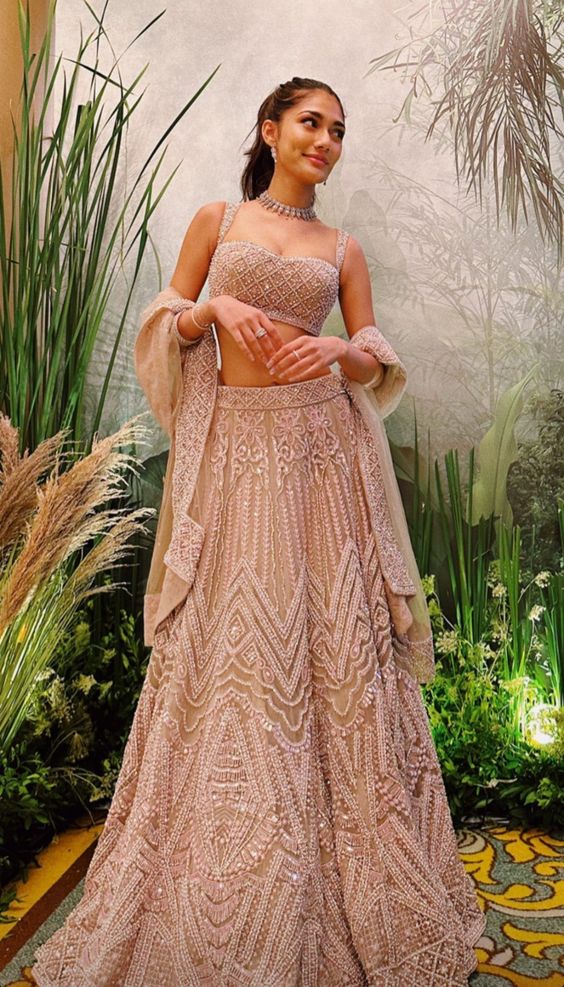
Additionally, luxury brands, both in ready-to-wear and champagne like Moët and Chandon, are creating new products to accompany brides and their families during their shopping sessions.
How is Indian craftsmanship included in luxury?
While India is often associated with the downsides of the fashion industry, notably by hosting a part of the fast fashion activity, it seeks to restore its image and highlight its ancestral expertise in textile work.
On one hand, India has allied with other South and Southeast Asian countries for the “Fight the Heist” campaign, which accuses major groups of not paying adequate wages to workers. Additionally, India has tripled the number of farms dedicated to organic cotton cultivation within a year. Although it is not the most eco-responsible natural fiber, it is a step away from synthetic or processed fibers.
In response, many Indian brands are rethinking their model by embracing slow fashion models or by using upcycling to modernize pieces while preserving the splendor of Indian craftsmanship seen in vintage pieces.
On the other hand, Indian textile work, prints, and embroidery, recognized worldwide, are gaining visibility. While the Dior show in Mumbai offered great visibility for this craftsmanship, notably through the embroidery work on collection pieces



